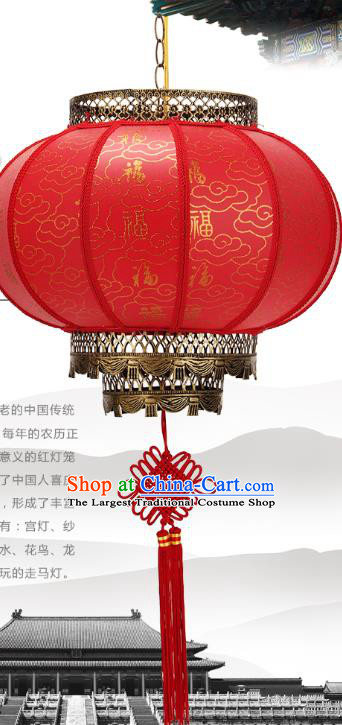
Click Related Pictures for More Audios:
Red lanterns are a traditional Chinese art form with rich cultural significance and historical meaning.
Typically made from red paper, they are adorned with various designs such as flowers, animals, or mythical creatures.
These designs symbolize good luck, happiness, and prosperity, reflecting people's desire for a better life.
The history of red lanterns in China dates back to the Han Dynasty.
At that time, people used bamboo to make simple lanterns for lighting and celebrating festivals.
Over time, the design and production techniques of lanterns evolved, giving rise to different styles and themes.
Aside from their decorative function, red lanterns also have symbolic meanings.
In traditional Chinese culture, red is considered an auspicious color, representing passion, vitality, and good fortune.
Therefore, red lanterns are often used as decorations for celebratory events, weddings, and other important occasions.
They not only add color and joy to people's lives but also carry rich cultural connotations and historical memories.
In conclusion, traditional Chinese red lanterns are an art form with both artistic value and cultural significance.
Through their exquisite designs and vibrant colors, they convey people's yearning for a better life and their respect for traditional culture.
Whether used as decorations or cultural heritage, red lanterns are an integral part of Chinese culture that deserves appreciation and preservation.
















































































































